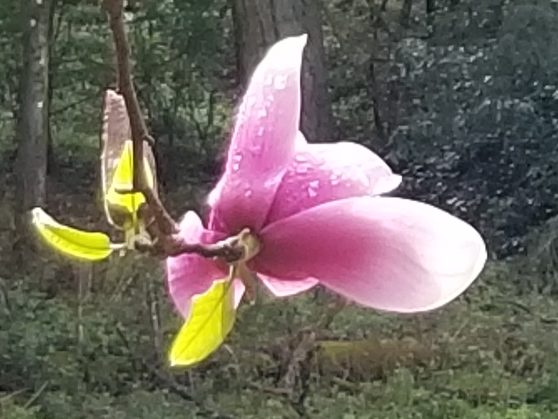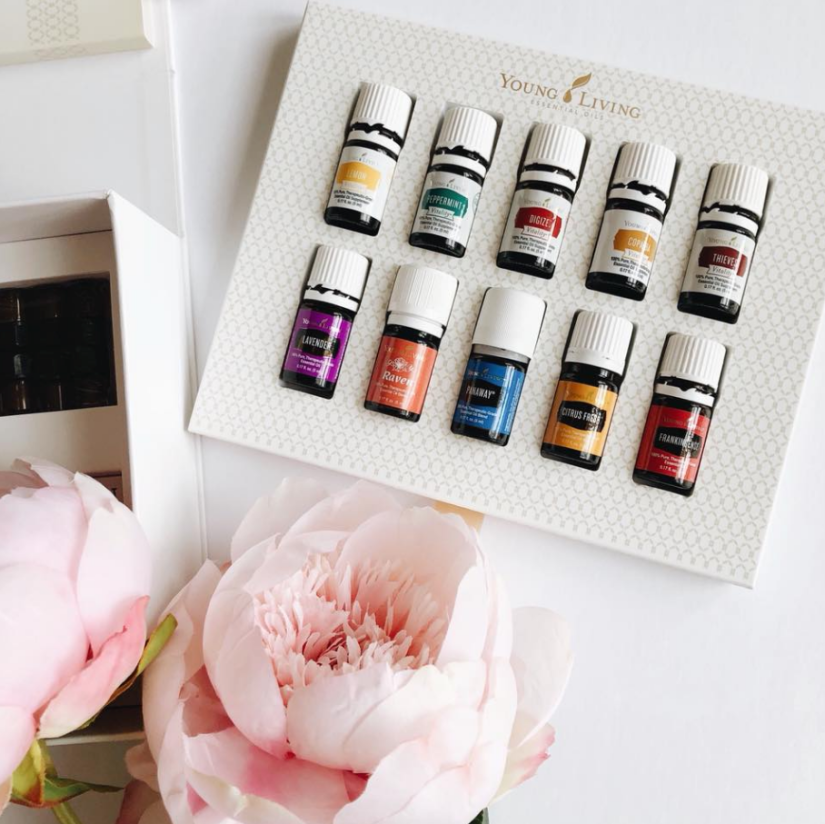What are Essential oils?
They are the most powerful part of the plant.
They are distilled from shrubs, flowers, trees, roots, bushes, fruit, rinds, resins and herbs.
In humans, they provide support for every system in the body: skeletal, muscular, circulatory, endocrine and hormones, respiratory and immune system. They support brain health and a healthy weight. They are used extensively for emotions and for spiritual support.
How do you use essential oils?
You do not need to be an aromatherapist to use them. In most cases, just rub it topically into the skin. There are three main ways to get oils into your system: the English apply it topically-rub it on the skin; the French ingest and cook with it; the Germans diffuse and inhale, which can be the most effective method because it doesn’t have to pass through the digestive system.
Can I just buy oils at the Grocery Store?
In the United States, there is no rating system for essential oils. The closest we get is an FDA requirement that in order to label a bottle of essential oils “pure” or “therapeutic grade,” the contents of that bottle must contain at least 5 percent essential oils!
All oils in the world fall into 1 of 4 categories:
-
Grade A is therapeutic, made from organically grown plants and distilled at low temperatures.
-
Grade B oils are food grade, but may contain synthetics, pesticides, fertilizers, chemical extenders, or carrier oils.
-
Grade C oils are perfume oils that often contain adulterating chemicals. They usually use solvents, for example, hexane, to gain a higher yield of oil per harvest. Solvents can be cancerous, and are in many store-bought oils. They may also be diluted 80-95 percent with alcohol.
-
Grade D is called “floral water,” which is aromatic only and is usually a byproduct of Grade A distillation. After all the oil is pulled out, the leftover trash water is sold to companies which will fill 5 percent of the bottle with this “leftover trash water,” fill the rest with carriers and label it “pure”
Grade A is the only true pure oil. All of Young Living’s oils are Grade A!
 Young Living is the only oils brand I trust for my family because 1) they own their own farms, 2) have been the industry leader for 24 years and 3) their Seed to Seal promise of integrity.
Young Living is the only oils brand I trust for my family because 1) they own their own farms, 2) have been the industry leader for 24 years and 3) their Seed to Seal promise of integrity.
Seed to Seal means each plant is hand-weeded, there are no pesticides used, no chemicals, and no weed killers. The plants are harvested at their peak. They’re then put through a vigorous testing process. Then they go from the farm directly to your home.
Are They Safe?
There are certain oils that are photosensitive, meaning you don’t want to wear them and go outside. These are mostly citrus oils, like grapefruit, lemon, etc.
When using on your skin, always watch for redness and dilute with a carrier oil. Dilute oils on children and elderly because their skin is more permeable and absorbs the oils more quickly. What is a carrier oil? It’s a fatty oil like olive oil or coconut oil, and it’s molecules are much larger than those of essential oils. Using a carrier oil with an essential oil slows down the rate the body can absorb the essential oil, because it has to ping pong thorugh the large molecules of the carrier oil to get into your skin.
Be wary of putting the oils topically near your eyes. Some oils, like peppermint, can cause a burning sensation. If you are placing an oil near your eye, apply the oil to a Q-tip instead of tipping the bottle toward your face.
ON THE FLIP SIDE….
Look at the ingredient list of what you have in your bathroom and kitchen. Every day we put products on our skin, in our body, and breathe them, but many of these products contain damaging chemicals. The average woman applies over 300 chemicals a day to her body just through soaps, makeup, shampoos and hair care products. Eighty of those products are applied every day before breakfast!
When you use Young Living’s essential oils, you’re using a product with one ingredient, like Lemon, Oregano, Tangerine – no additives and no chemical yuck.
 How Oils Are Made:
How Oils Are Made:
It takes a great deal or work to produce a tiny amount of essential oil!
-
60 thousand rose blossoms provide only 1 ounce of rose oil
-
Lavender is abundant – 220 pounds will provide 7 pounds of oil
-
Jasmine flowers must be picked by hand before the sun becomes hot on the very first day they open, thus making it one of the most expensive oils in the world! It take 8 million hand-picked blossoms to produce 2.2 pounds of oil.
-
A Sandalwood tree must be 30 years old and 30 feet high before it can be cut down for distillation




